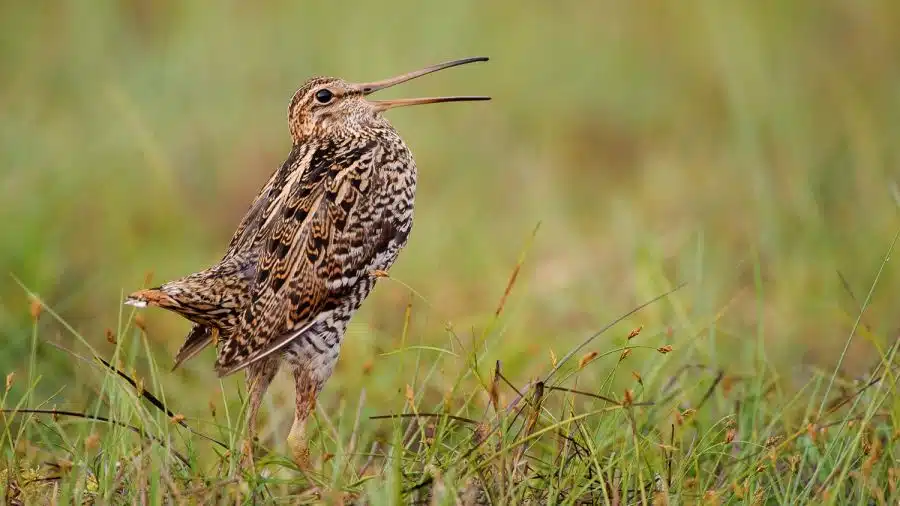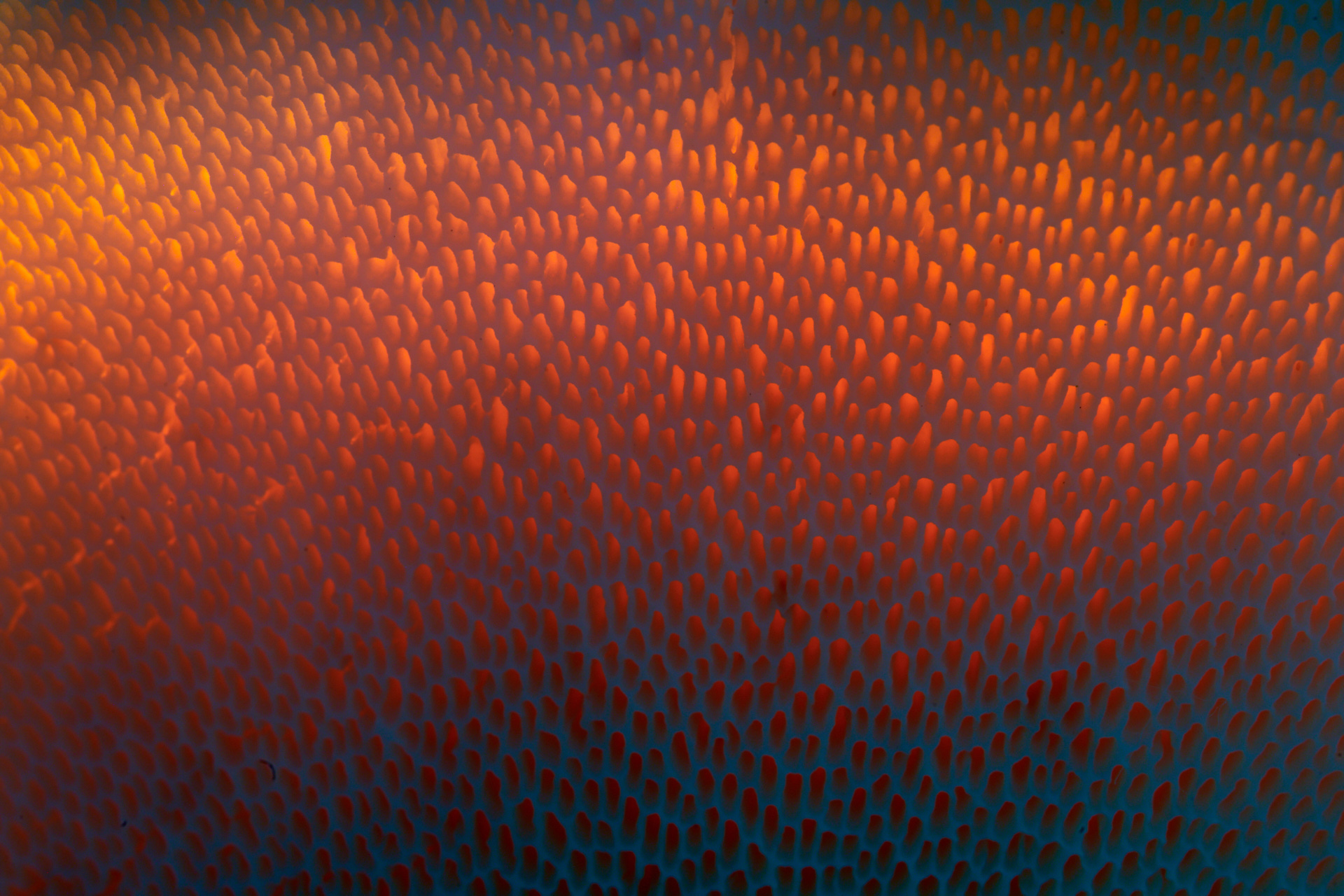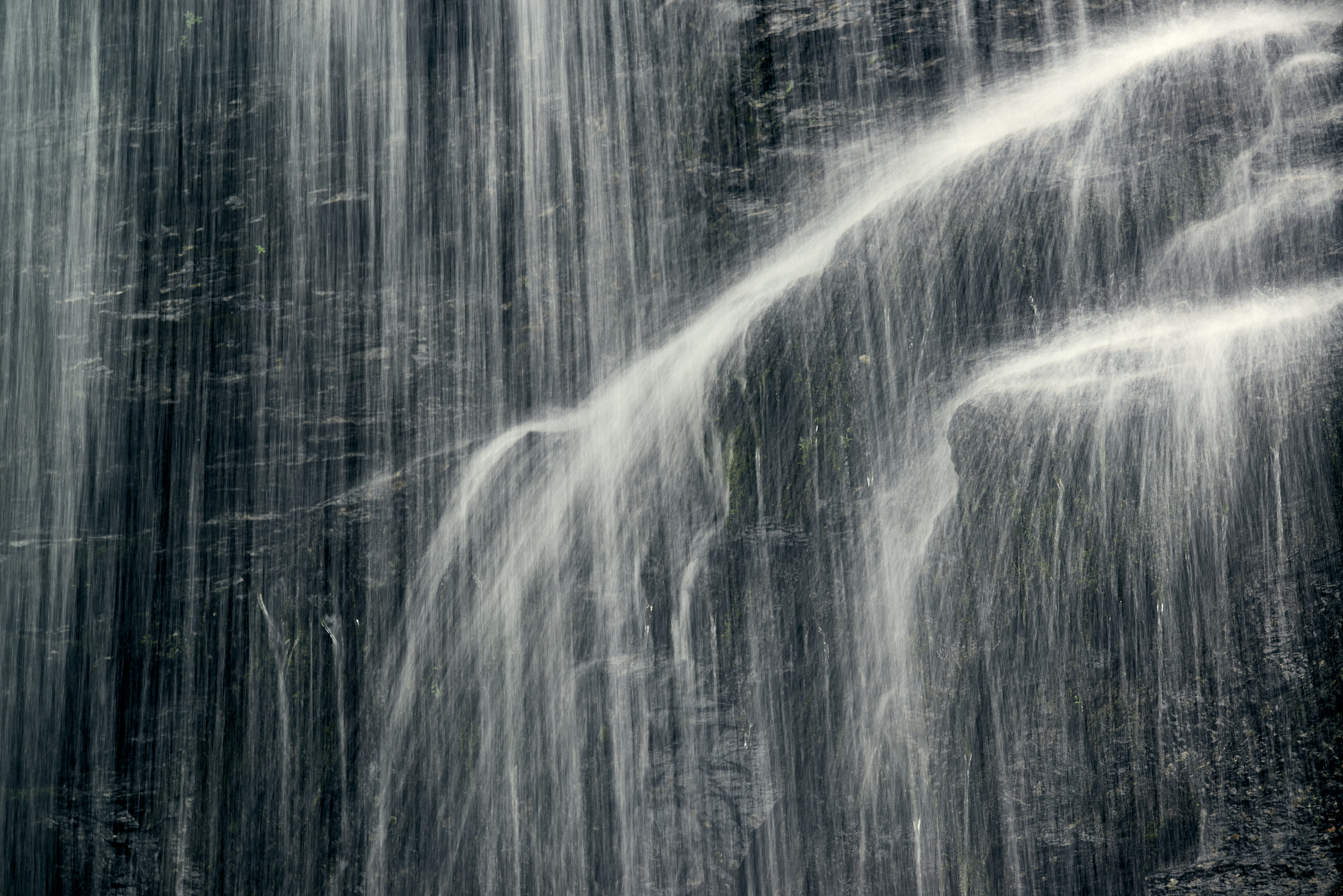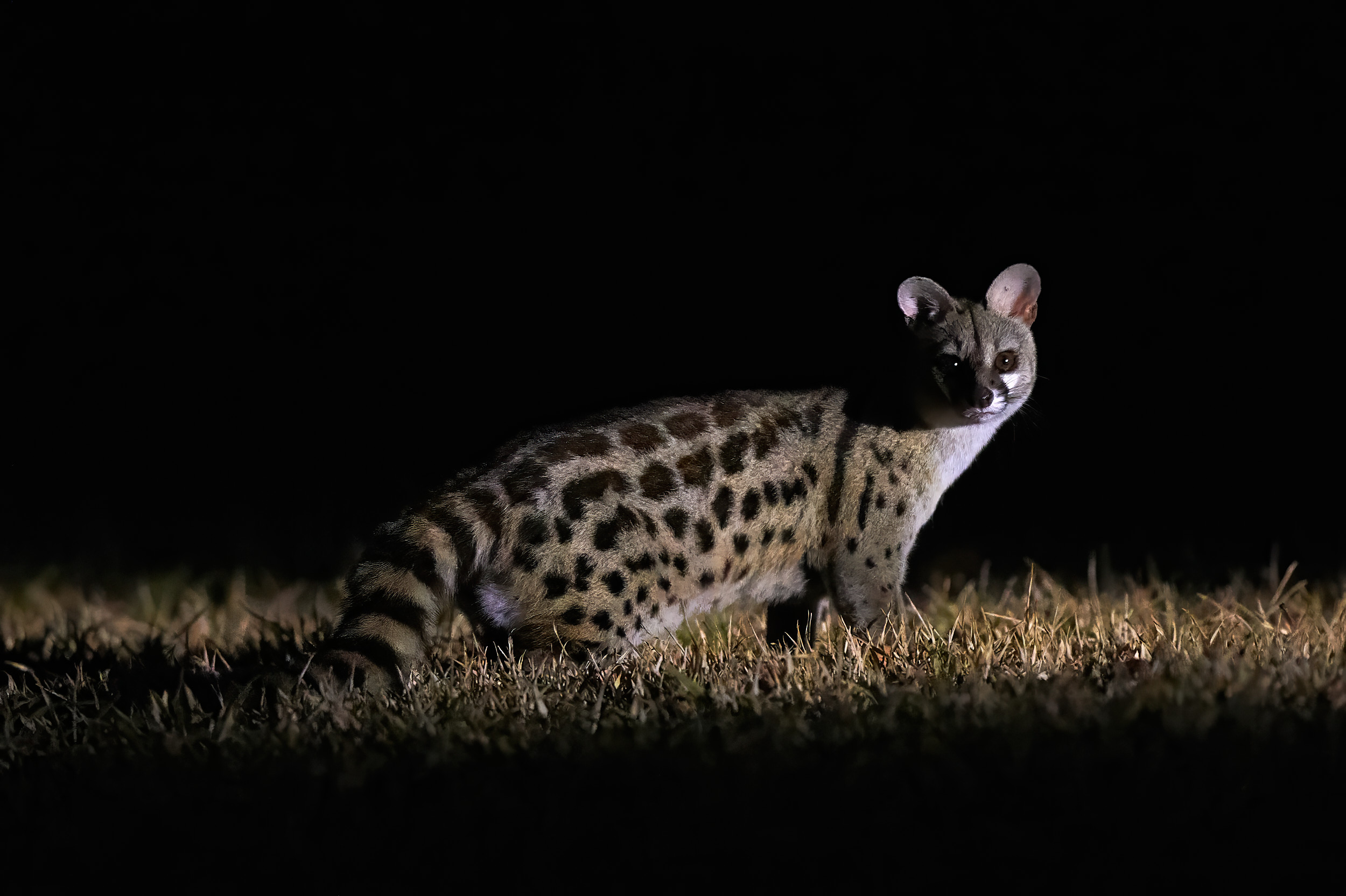One of the most impressive experiences of our trip to Norway this year was undoubtedly the nocturnal courtship display of the common snipe(Gallinago media) – a fascinating natural spectacle in the middle of a remote raised bog. The encounter with these rare snipe birds was not only a photographic challenge, but also an absolute emotional highlight.
Double snipe photography off the beaten track
Most of the known photos of the double-snipe come from a fell area north of Trondheim. There, nature photographers can – for a fee – spend the night in camouflage tents prepared by a Norwegian ornithologist to observe the animals. However, we deliberately opted for the more difficult route: intensive research in specialist literature and online sources, studying maps and the arduous task of finding possible mating sites. Although this means more effort and less chance of success, it gives you a more original, more personal experience of nature.
A rare bird with an eventful history
The snipe belongs to the snipe family and was widespread in northern Germany until the beginning of the 20th century. Today it has almost completely disappeared there – the reasons for the massive decline are still not fully understood. Even in Scandinavia, once a refuge for this species, populations are shrinking noticeably. In Central Europe, the species is considered extinct, with the exception of a few occurrences in Poland.
Habitat: Where the black-tailed godwit mates and lives
The preferred habitat of the double snipe is damp raised bogs and swampy regions. Here they feed on insects, worms and other small animals. They often share this sensitive habitat with other bog dwellers such as the common snipe – with which they can easily be confused – as well as with the crane, lapwing and black grouse. At higher altitudes on the fells, they can also be found together with golden plovers or other specialized species of the tundra.
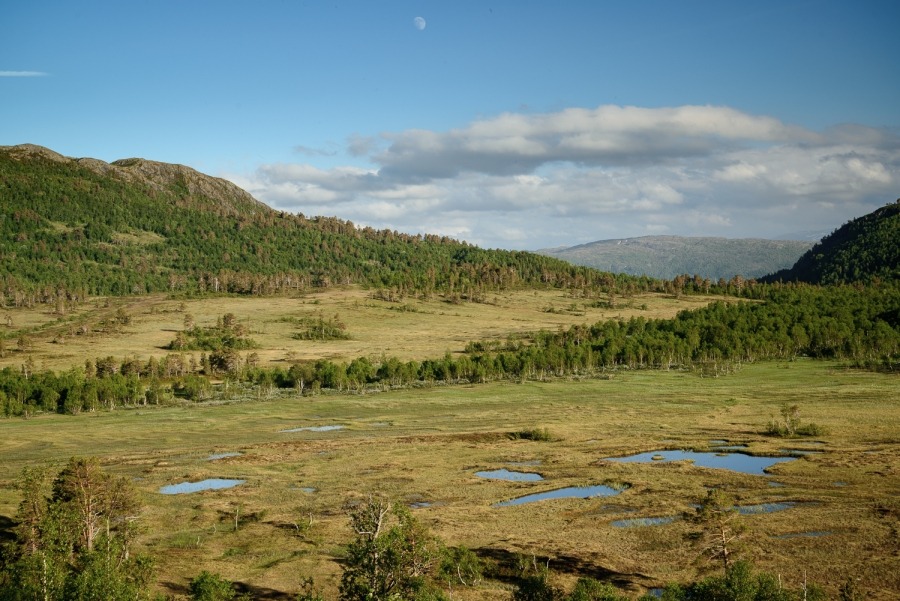
The nocturnal courtship: a secret of the June nights
The courtship display of the black-tailed godwit is particularly spectacular and reaches its peak during the short nights of June. Up to 20 males gather at fixed mating sites, which are almost impossible to spot during the day. Their play begins just as the sun sets: an alternation of jumping up, fluttering and strangely vibrating sounds. The spectacle lasts until dawn – an acoustic and visual experience of a special kind.
Photographing at the limits
For nature photographers, the double-snipe rebate is a technical challenge. Even with fast lenses and modern cameras, exposure times of 1/60s are often only possible at ISO values of 6400 or more. Motion blur and image noise are as much a part of the nocturnal courtship display as cotton grass is of the moor. In our case, the robust Nikon D3 was the best choice: it produces acceptable results even at high ISO and, thanks to its lower resolution, is more forgiving of motion blur than a high-resolution D800, for example.
We spent two nights freezing in the camouflage tent, watching the birds in the red glow of the midnight sun and listening to the constant interplay of their mating sounds. Again and again, the birds emerged from the cotton grass like shadows, moved with cat-like agility and began their courtship run again – just a few meters away from us.
Conclusion: An unforgettable experience for nature lovers
The nocturnal courtship display of the black-tailed godwit is one of the most intense nature experiences you can have in Scandinavia. For us, it was certainly not the last trip to see these shy, mysterious birds. If you are prepared to invest time, patience and research, you will be rewarded with moments that you will never forget.

